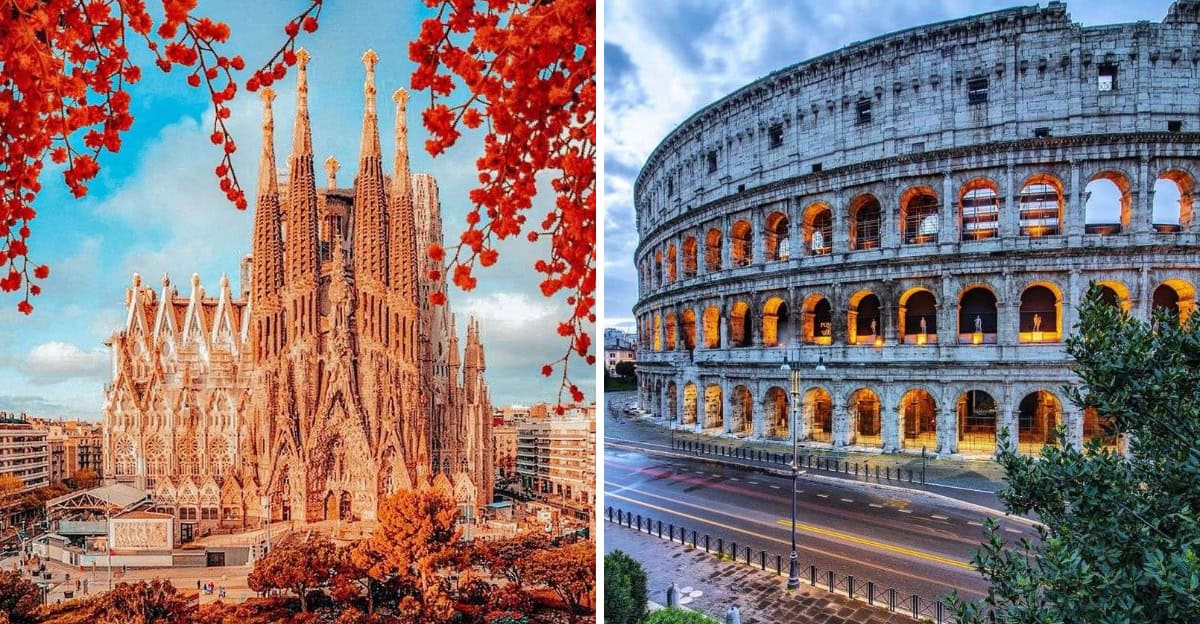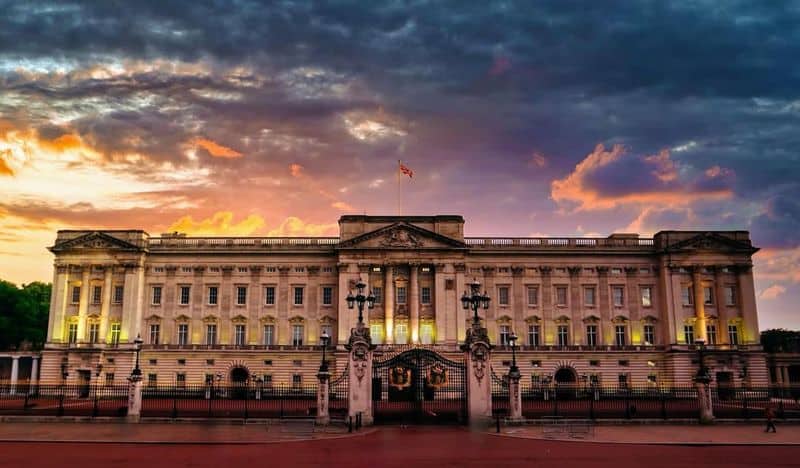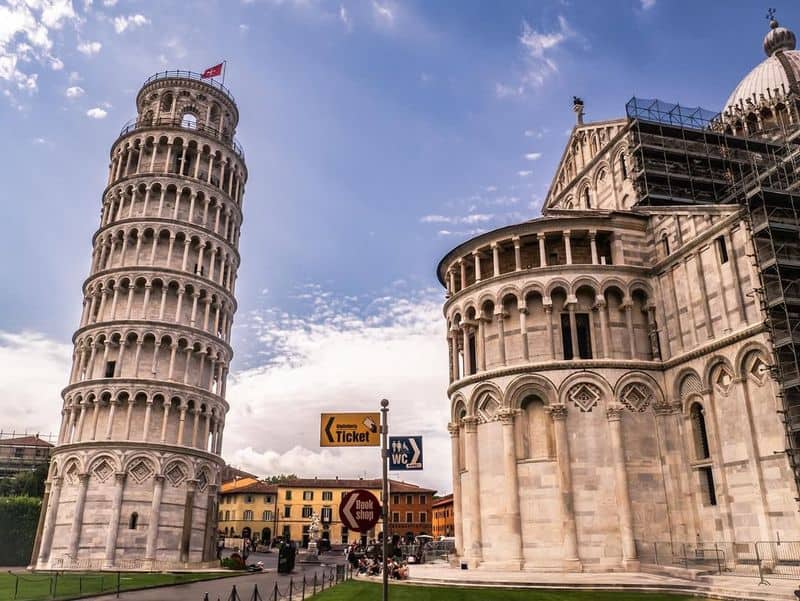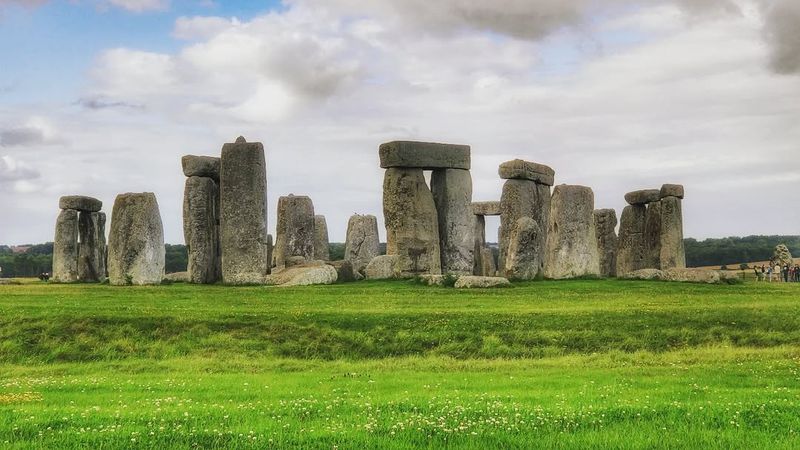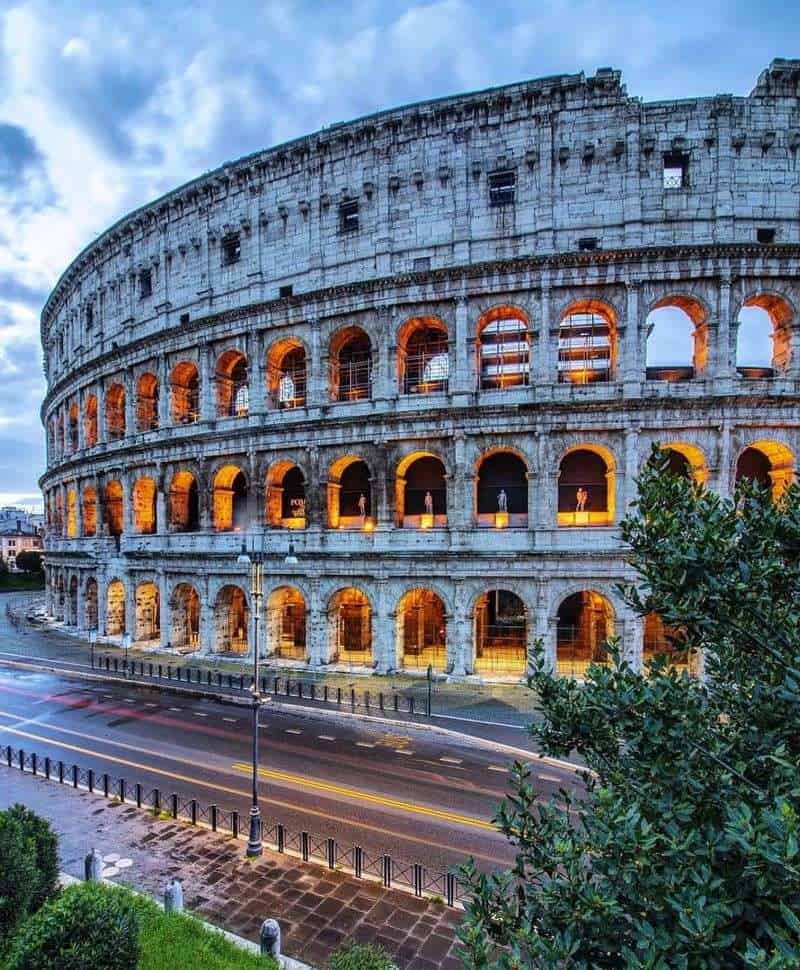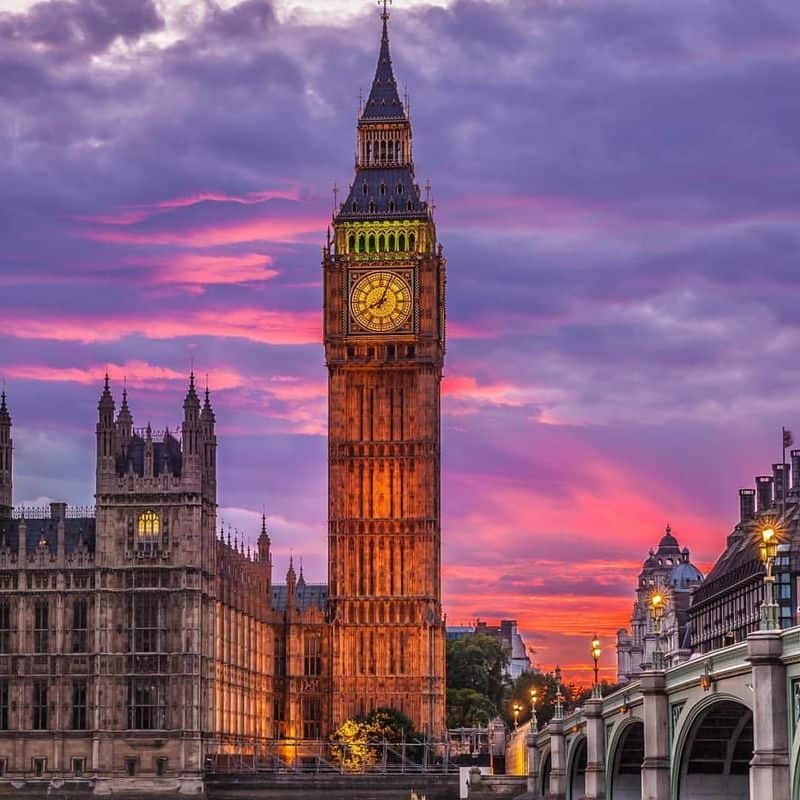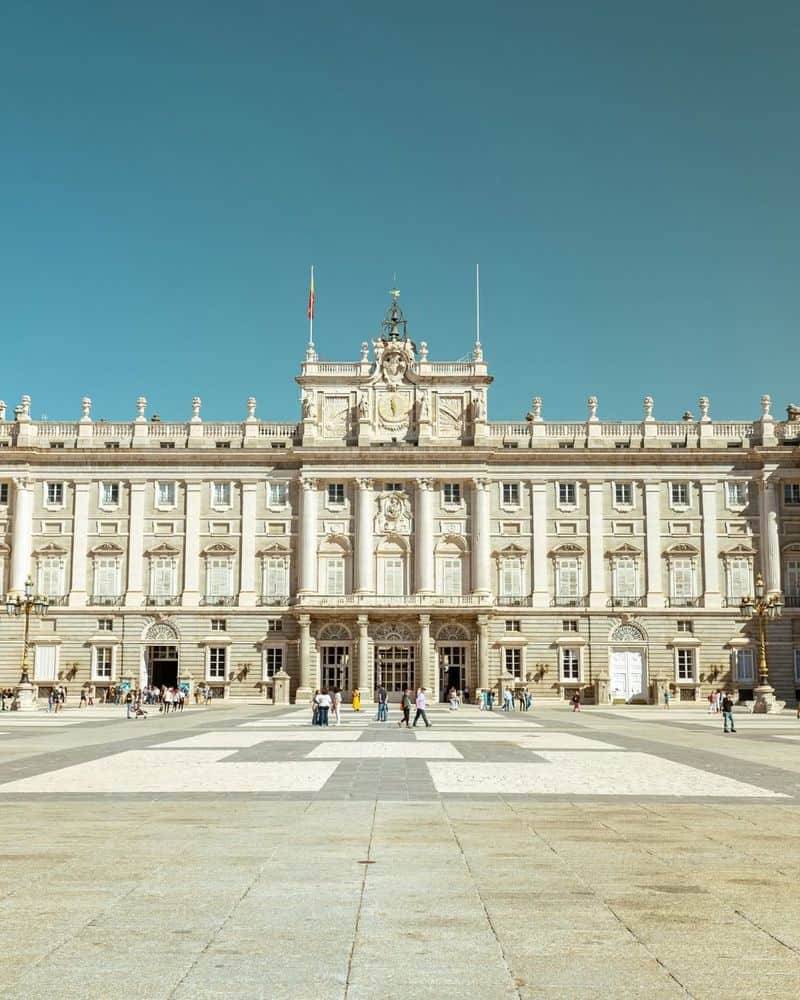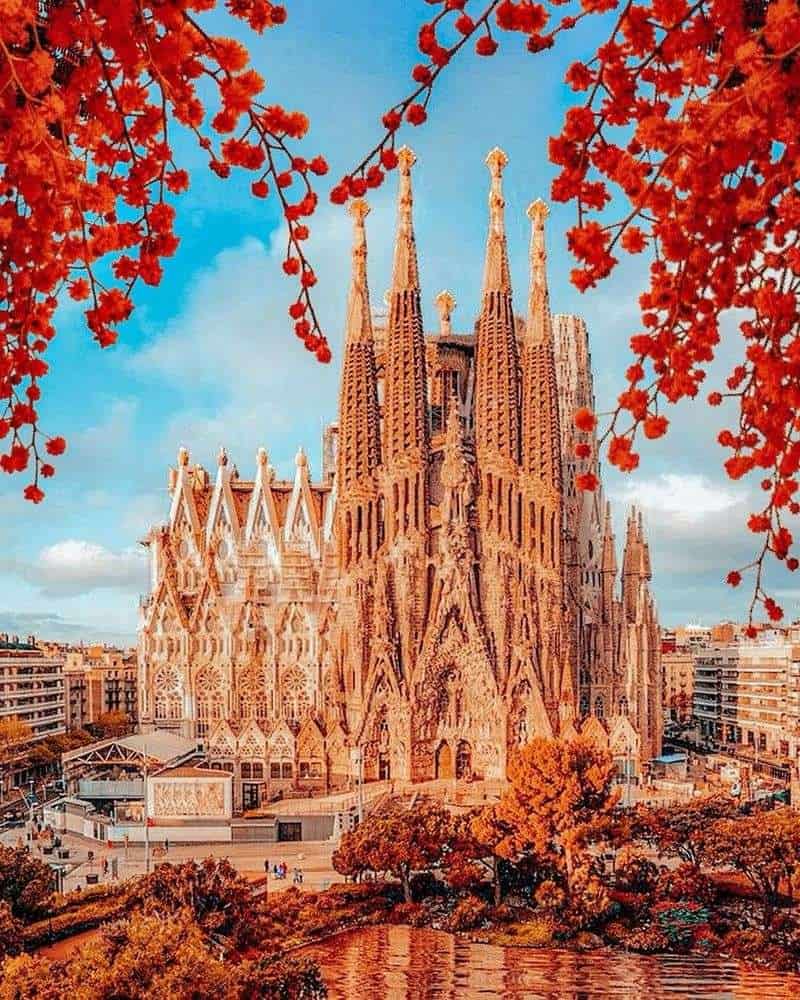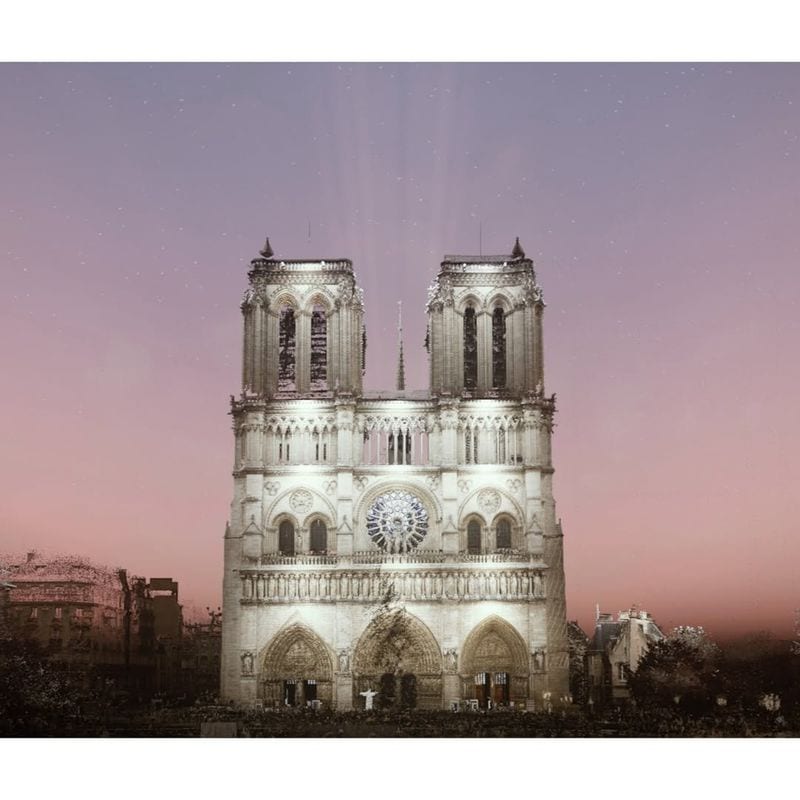In today’s fast-paced world of instant gratification, waiting for a building permit can feel like an eternity.
But believe it or not, some of Europe’s most iconic structures took far longer to construct than the average wait time for a permit today.
Join us on a whimsical journey through time as we explore 11 European wonders that were built with meticulous patience, often spanning centuries, in a delightful contrast to the modern-day hustle.
1. Buckingham Palace – London
Buckingham Palace, the royal residence of the British monarch, started as a simple townhouse. Who would’ve thought? This now-iconic palace had its humble beginnings in 1703.
It only became a palace in 1837. Since then, it has undergone numerous changes. The construction exemplifies the slow-cooked masterpiece analogy.
Imagine a house taking over a century to reach its royal status. And you thought your kitchen renovation was taking forever!
The palace stands today as a symbol of elegance, patience, and a bit of British humor. It’s truly a testament to the idea that good things come to those who wait.
2. Leaning Tower of Pisa – Pisa
The Leaning Tower of Pisa is a prime example of architectural indecision. Construction began in 1173, aiming for a simple bell tower. But the soil had other plans.
By the time it was completed in 1372, the tower’s famous lean had become its defining feature. Could this tilt be the result of artistic innovation or engineering oversight? You decide.
Over 200 years later, the tower remains perfectly imperfect. It’s a reminder that sometimes, quirks become your greatest assets. So, embrace your flaws!
Or, like Pisa, lean into them. This tower reminds everyone that perfection is overrated.
3. Cologne Cathedral – Cologne
Cologne Cathedral took a whopping 632 years to complete. Initiated in 1248, it was only completed in 1880, having paused for centuries. This Gothic marvel embodies architectural perseverance.
An intricate design that rivals even the best of today’s skyscrapers, the cathedral’s sheer scale is awe-inspiring. Each stone is said to whisper tales of dedication.
Visitors now revel in its spiritual beauty and historical significance. In the heart of Cologne, this cathedral is a testament to human tenacity.
It encourages patience and persistence, proving that monumental efforts require time. Even if it’s longer than an average lifetime.
4. Mont Saint-Michel – Normandy
Mont Saint-Michel, a mystical island commune, is a marvel of medieval engineering. Construction began in 709 AD, and it wasn’t until the 16th century that it reached completion.
Its isolated location required unique architectural solutions. Today, it stands as a symbol of resilience. The structure’s silhouette against the coastal skyline is both dramatic and serene.
Navigating its winding pathways feels like stepping back in time. Mont Saint-Michel is a testament to the human spirit’s endurance. Visitors are enchanted by its timeless beauty.
The abbey whispers tales of devotion, faith, and the artistry of bygone eras.
5. Stonehenge – Wiltshire
Stonehenge, the enigmatic stone circle, took approximately 1,500 years to complete. Construction began around 3000 BC. It was not finished until about 1500 BC.
Its purpose remains a mystery, sparking endless speculation. Was it a celestial observatory or a sacred burial site? The stones were transported from miles away, showcasing early engineering prowess.
Each stone’s placement is precise, hinting at ritual significance. Today, tourists flock to witness this prehistoric wonder. Stonehenge remains a symbol of mystery and human ingenuity.
Its enduring presence on the Salisbury Plain captivates imaginations and invites endless wonder.
6. Colosseum – Rome
The Colosseum stands as a testament to ancient Roman engineering brilliance. Construction began in AD 72 and was completed in AD 80. That’s a relatively quick timeline!
Its design, however, has withstood the test of time. The amphitheater could hold up to 80,000 spectators. It hosted gladiatorial contests and public spectacles.
Despite earthquakes and stone robbers, its ruins still echo with the roar of ancient crowds. Visitors are drawn to its majestic arches and storied past.
The Colosseum remains a symbol of power and endurance. It serves as a reminder of Rome’s imperial grandeur and architectural prowess.
7. Big Ben – London
Big Ben, or more accurately, the clock tower of the Palace of Westminster, is iconic. Construction began in 1843 and was completed in 1859.
Despite the rapid construction, it’s become Britain’s enduring symbol. The clock is famed for its accuracy. The bell’s chime is recognized worldwide.
Tourists flock to capture its Gothic Revival style. While relatively young compared to others, it embodies historical significance. Standing proudly over the Thames, it watches over a bustling city.
Big Ben is a blend of beauty, precision, and resilience. Its timeless charm continues to captivate visitors from around the globe.
8. Royal Palace of Madrid – Madrid
The Royal Palace of Madrid is a jewel of Baroque architecture. Construction began in 1735, and it was completed in 1755. This was after a fire destroyed the original Alcazar.
The palace features over 3,000 rooms. Each room showcases opulent design and exquisite craftsmanship. It serves as the official residence of the Spanish royal family.
Tales of royal intrigue and legacy fill its halls. Despite rapid construction compared to some, it’s a symbol of majesty and tradition. Visitors are entranced by its art collections and historical significance.
The palace stands as a testament to royal grandeur and enduring beauty.
9. Arc de Triomphe – Paris
The Arc de Triomphe, a symbol of French national pride, took 30 years to complete. Construction began in 1806, following Napoleon’s victories. It was finally completed in 1836.
This monumental arch honors those who fought and died for France. Standing at the top of the Champs-Élysées, it’s an iconic symbol of triumph.
The arch is adorned with intricate carvings and grand sculptures. Visitors climb to the top for panoramic views of Paris. It remains a must-see landmark.
The Arc de Triomphe embodies France’s enduring spirit and bravery. Its grandeur and historical significance captivate all who visit.
10. Sagrada Familia – Barcelona
The Sagrada Familia is a masterpiece of modern architecture. Construction began in 1882, under the visionary Antoni Gaudí. It’s still unfinished, with completion anticipated in the 2020s.
Gaudí’s unique style blends Gothic and Art Nouveau elements. Each facade is a canvas of religious symbolism. The interior resembles a kaleidoscope of light.
Despite being forever ‘under construction’, it draws millions annually. Visitors marvel at its beauty and ambition. The Sagrada Familia is a testament to vision and faith.
It symbolizes Barcelona’s creative spirit. Gaudí’s legacy lives on, inspiring those who dream beyond their lifetime.
11. Notre-Dame de Paris – Paris
Notre-Dame de Paris is a Gothic masterpiece that took nearly 200 years to complete. Construction began in 1163 and concluded in 1345. The cathedral is famed for its twin towers and rose windows.
It’s a symbol of French culture and resilience. The recent fire in 2019 sparked global efforts for restoration. Visitors are captivated by its architectural beauty and historical depth.
The cathedral’s aura of serenity and majesty is timeless. Notre-Dame stands as a tribute to human creativity and perseverance. Its enduring presence inspires awe and wonder in all who behold it.

